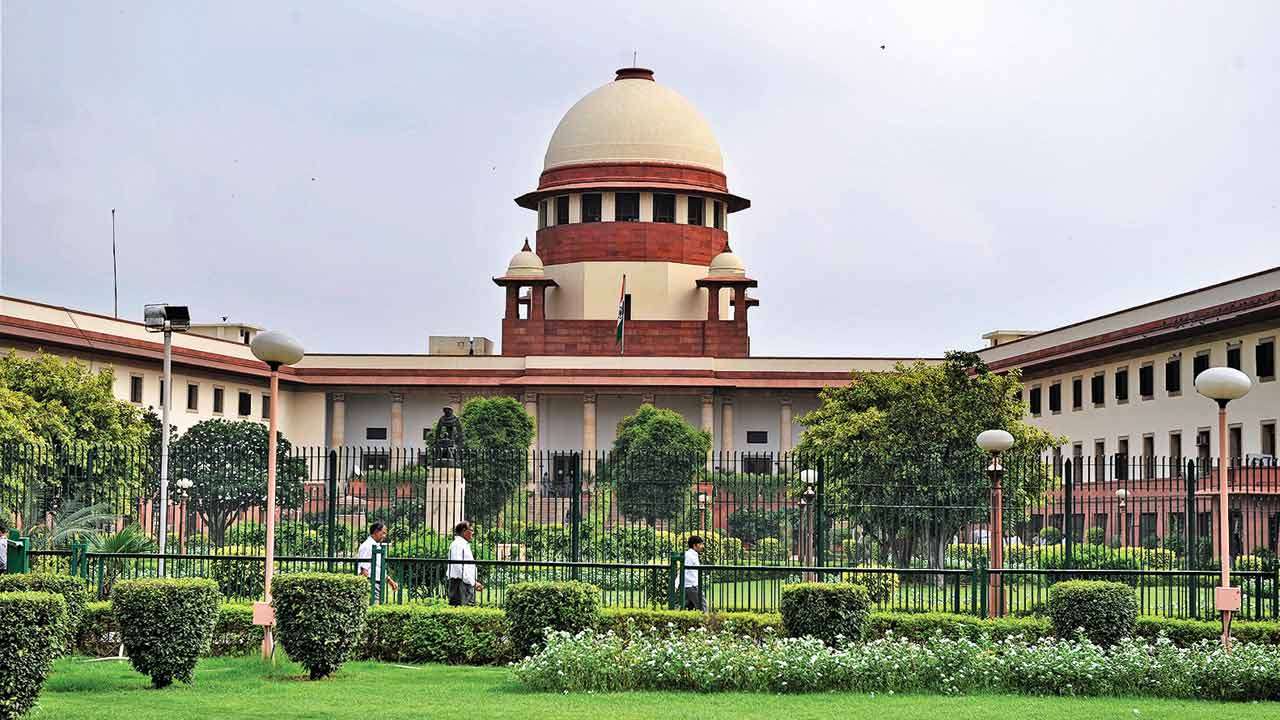

By A Special Correspondent
First publised on 2021-11-30 10:16:28
Although the Centre has cautioned the public against falling for the advertisements or briefs being put forward by Starlink Internet Services (a division of US-based aerospace company SpaceX) for satellite-linked internet services (SLIS) in India as a prelude to the 'proposed' launch on the plea that no one has been granted a license to start such a service in India, it is clear that SLIS is a service whose time will come, sooner rather than later. Consequently, the government cannot avoid or defer creating a policy and regulatory framework for the same.
With the costs of putting a Low Earth Orbit satellite (Leo) falling drastically and expected to fall further, SLIS has become a cost-effective, faster and stable way of delivering internet services to the end user. While Starlink is the first global player to have thought of starting SLIS in India, the size of the market will lure many other players pretty soon. Hence the government must adapt policy to emerging trends, especially in case of technology as any delay means that the country will be left out of technological advances or will get to use them late, by which time the world would have moved on to a newer, better technology.
It is not that the government is ignoring SLIS. One year ago, telecom regulator Trai was tasked with recommending a licensing framework for SLIS. It submitted its recommendations in August this year. The government must not sit on them but must act fast to decide the policy. In doing so, as recommended by Trai, it must ensure that while new companies with new technology are welcome, the licensing norms of existing players are also suitably altered to allow them to tap new technology, either alone or in partnership with foreign biggies.
Emerging technology is allowing convergence across sectors. To account for this, the licensing policy needs to be flexible and it must not put firms into a strait jacket. They must be allowed to apply to tap new technology in the existing license, of course by paying additional fees. The playing field must be level. If new players enter with new technology, existing players must be free to use the same technology to compete with them.
pic courtesy: groundcontrol.com










